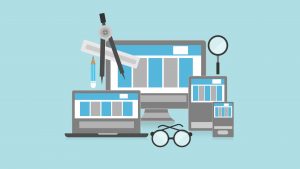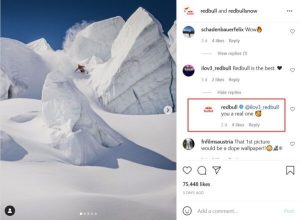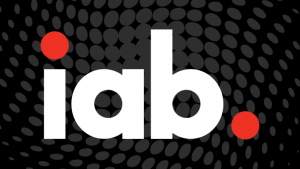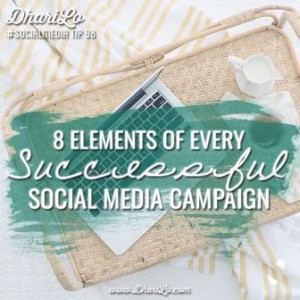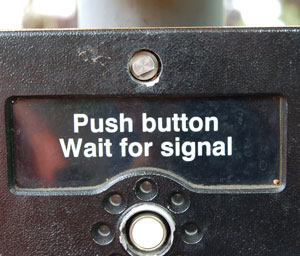Do you want to learn how to turn your customers into lifelong supporters? Do you want to learn how to build solid customer relationships with them outside of the sales cycle, so they keep coming back to you whenever they want to buy?
Enter the sales follow-up email.
A well-crafted and timely post-sale email keeps the communication channels open. It converts a single-sale relationship into one that lasts for a long time. Here are five post-sales emails you can send to strengthen your relationship with your customers and maximize conversions going forward.
Why Send Sales Follow-Up Emails?
Post-sale emails strengthen the connection between you and your customers. They’re a way to talk about more than the transaction you just had and find out more about each other.
You might think email marketing is dead, but it’s not. Just look at the stats:
- 90% of the 3.8 global email users check their emails at least daily.
- It generates $ 44 for every dollar spent.
- It has an average open rate of 22.86% and a click-through rate of 3.71%. (Social media marketing is barely at 0.6%.)
- Consumers that buy products through email spend 138% more than those that don’t get emails.
Not only that, but ProfitWell, a subscription business analytics company, the cost of acquiring new customers has gone up over 50% in the last five years. Retaining the ones you have makes even more sense in the long run.
Here are five follow-up emails you can use to retain your customers between sales and explode your business.
Essential Sales Follow-Up Emails
Some say there are only three post-sales emails you should send, but we’ll cover five that’ll help grow your business and develop your customer relationships.
1. The ‘Thank You’ Email
Everyone knows about this one. You send it to acknowledge customers and let them know you appreciate their business. It’s also an excellent time to explain how they can get in touch with you if they have any questions or require further assistance.
To turn up the power of this email, add some related product recommendations or ask for a review once they’ve used it. That’ll encourage them to stay in touch with you and earn you more business or social proof, which you can use to get more sales.
2. The Product Review Email
Product review emails are a great way to assess your brand’s performance since you can ask customers to send you feedback. And you can use the opportunity to gather even more feedback than just about the specific product. Your customer is already engaged after getting the product and reading the email. Ask them their opinion on your shopping experience, the breadth of products offered, your website layout, and anything else you want to know about. Use this email to gain deeper insight into what you’re doing well and what you need to improve.
3. The Welcome Email
Typically only sent for a subscription-based service, the ‘welcome’ email on-boards customers into your community. They often provide extra information like links to support channels and thank them for their purchase. They work well for subscription services because they are typically one-off transactions, so you lose out on future opportunities to engage with customers via email.
There are fewer repeat transactions for subscriptions, so not as many chances to send out a follow-up email. The welcome email helps you build a solid foundation for a relationship with your customers, which is critical if you want them to continue renewing.
4. The Shipping Notification Email
This is the classic email most people expect when they order something online. Make sure your shipping notification email (or purchase confirmation email if you sell digital products) arrives promptly and sets the expectations for the next steps. For example, you can include tracking numbers or download steps for digital products.
But don’t forget to include the basic purchase information in the email so customers can review it to make sure everything is correct. Make your support channels very prominent in this email, so people know who to reach out to for a correction or question.
5. The Information Email
Customers expect more from the brands they buy from. They want to be engaged in non-transactional ways too. Think of all the times companies have reached out to you when your software subscription is about to expire, and how that made you feel (probably pretty cheap.) That won’t fly today.
An information email is one of the best sales follow-up emails you can send customers. They build on the relationship you have with them while providing them valuable information. So, send out regular emails that offer helpful information to customers about your industry, topics related to your brand or products, a lead magnet you just created for industry insiders, etc.
Bonus Tip
Make the information email exclusive to customers, and not just a repackaging of existing content people can find elsewhere. This creates a notion of exclusivity for them that deepens the relationship even more. Do this well, and you’ll be their first choice for purchases going forward.
Use these five post-sale emails to improve your customer experience and create a non-transactional relationship with your customers. Customers will remember your email marketing whenever they see or hear your brand name, and they’ll always look forward to your emails, no matter what they’re about.
Digital & Social Articles on Business 2 Community
(30)
